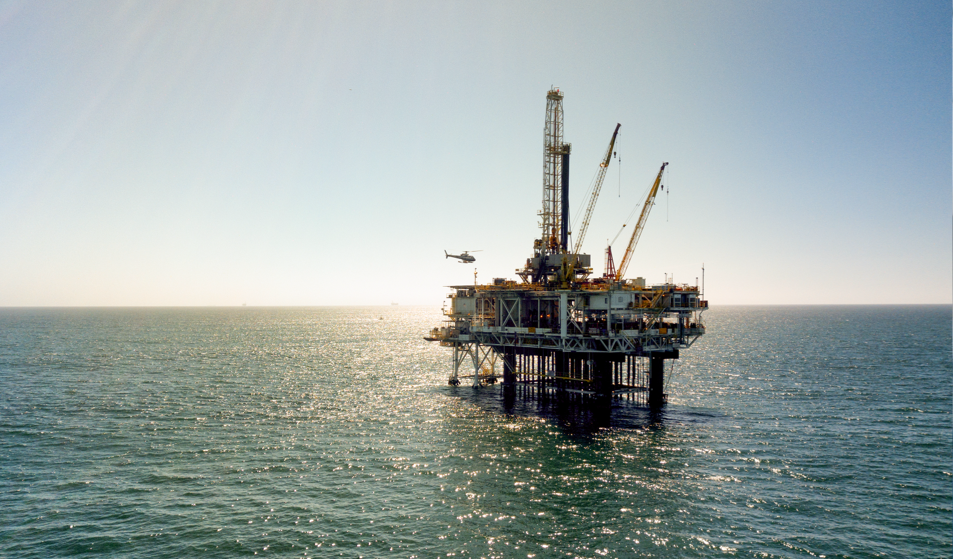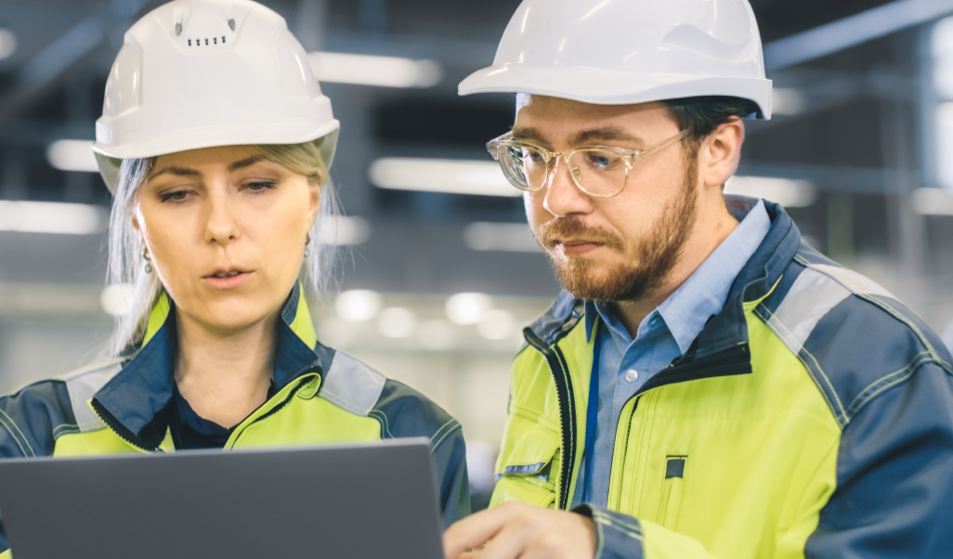In today’s oil refinery operations, two processes stand out for their impact on product quality and operational efficiency: tank dewatering and desalting. The integration of advanced technological applications, such as those offered by PMA, has revolutionised these processes. This post delves into the critical applications for successful tank dewatering and desalting, underscoring their significance in refining high-quality oil while maintaining environmental and safety standards.
Essential Applications for Tank Dewatering and Desalting
Automatic Tank Dewatering
Modern tank dewatering systems employ sophisticated sensors and control systems to optimise oil and water separation. This automation ensures precision in the dewatering process, minimising the recovery of oil water and enhancing the hydrocarbon product’s overall quality.
Desalter Control
Desalters play a crucial role in removing salts and water from crude oil. Advanced control systems in desalters regulate the water-oil interface, ensuring efficient salt and sediment removal, thus protecting downstream equipment from corrosion and other damage.
Interface Detection
Interface detectors, like the ID-200 Series, are pivotal in monitoring the water-oil interface. These devices provide real-time data for precise control over the separation process, significantly improving the efficiency and reliability of both dewatering and desalting operations.
Foam Detection and Control
Foam can significantly hinder the dewatering and desalting processes. Advanced foam detection systems enable the early identification and control of foam, ensuring uninterrupted and efficient processing.
FAQ: Addressing Common Challenges in Tank Dewatering and Desalting
Q1: “As an engineer, I’m struggling with the accuracy of water-oil separation. How can automatic tank dewatering help?”
A1: Automatic tank dewatering systems, equipped with advanced sensors, provide precise control over the separation process. They ensure minimal water is recovered with the oil, enhancing the quality of the hydrocarbon product and reducing processing challenges.
Q2: “In my refinery, desalter efficiency is a constant issue. How can I improve this?”
A2: Implementing advanced desalter control systems can significantly improve efficiency. These systems accurately regulate the water-oil interface, optimising salt and sediment removal, thus protecting downstream equipment and improving the quality of the refined oil.
Q3: “Foam formation is affecting our dewatering process. What solution is available?”
A3: Foam can disrupt dewatering and desalting efficiency. Employing foam detection and control systems helps in the early identification and management of foam, ensuring continuous and efficient processing.
Q4: “Maintaining the correct water-oil interface is challenging. How can interface detectors assist?”
A4: Interface detectors, like the ID-200 Series, are crucial for monitoring the water-oil interface accurately. These devices provide real-time data, allowing for precise adjustments and better control of the dewatering and desalting processes.
Q5: “How can we minimise environmental impact during dewatering and desalting?”
A5: Utilising advanced control systems in dewatering and desalting processes improves operational efficiency and ensures compliance with environmental standards. By precisely controlling the separation process, these systems minimise the risk of environmental contamination.
Q6: “How can we efficiently handle varying crude oil types in our desalting process?”
A6: Advanced desalting systems offer flexibility to handle different crude oil types. Adjusting control settings based on oil characteristics can maintain high efficiency across varying natural oil types, ensuring optimal salt and sediment removal.
Q7: “We’re facing challenges with high emulsion levels. Can advanced dewatering technologies address this?”
A7: Sophisticated dewatering systems are designed to handle high emulsion levels efficiently. Using specialised sensors and control mechanisms, they can effectively separate oil-water emulsions, enhancing the quality of the recovered oil.
Q8: “How can we reduce operational costs in our tank dewatering process?”
A8: Implementing automated dewatering systems can significantly reduce operational costs. These systems minimise the need for manual intervention, reduce chemical usage, and enhance process efficiency, leading to considerable cost savings.
Q9: “Is there a way to improve the environmental sustainability of our dewatering and desalting operations?”
A9: Absolutely. By using advanced control systems, you can ensure more accurate separation processes, which reduces the risk of environmental contamination and helps meet stringent environmental regulations.
Q10: “How can we ensure the safety of our personnel during the dewatering and desalting processes?”
A10: Modern systems have enhanced safety features that minimise the risk of accidents and reduce direct exposure to harmful substances. Automated controls and remote monitoring capabilities also contribute to a safer working environment.
PMA’s downstream applications focus on optimising the oil and gas industry’s hydrocarbon recovery and process efficiency. They offer solutions like Automatic Tank Dewatering, Desalter Control, Foam Detection & Control, and slope oil management. These technologies use advanced sensors and control systems for improved operational control and environmental compliance. Applications in Amine Contactors, Alkylation Acid Control, Caustic Wash Systems, and Sour Water Stripper are also addressed, demonstrating Agar’s commitment to innovative and comprehensive solutions in downstream processes.
The ID-200h enhances hydrocarbon recovery efficiency from API separators by monitoring the water content in oil/water emulsions and controlling the volume and water percentage of the skimmed oil. This system, which can function automatically without operator intervention, ensures that the effluent water remains uncontaminated by controlling the hydrocarbon depth. Its sophisticated control significantly reduces recovered emulsions’ volume and water content, providing a cost-effective solution with notable economic benefits.
Conclusion
Integrating these critical applications in tank dewatering and desalting processes marks a significant step towards operational excellence in oil refineries. Refineries can achieve higher efficiency, better product quality, and improved environmental and safety compliance by leveraging advanced technologies. As the industry evolves, these applications will continue to play a critical role in shaping the future of oil refining.




